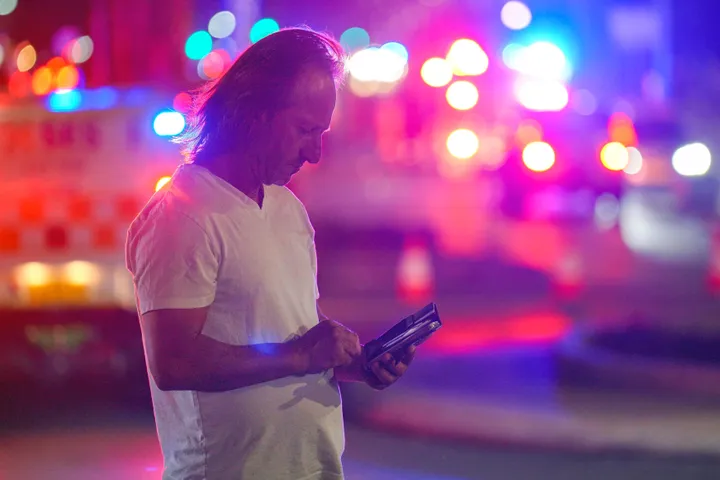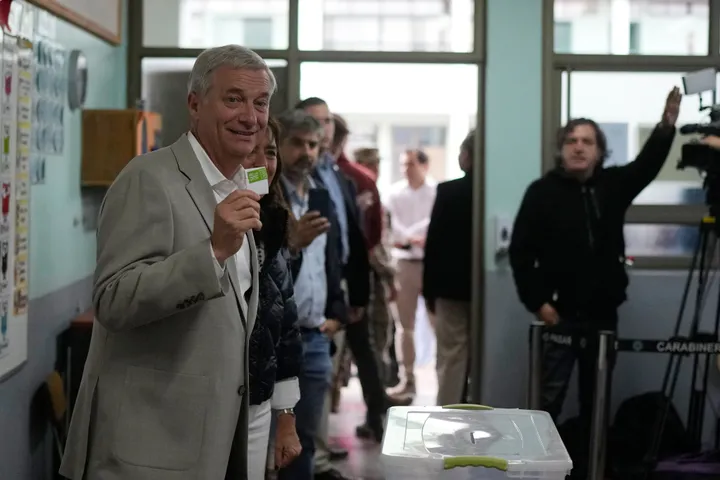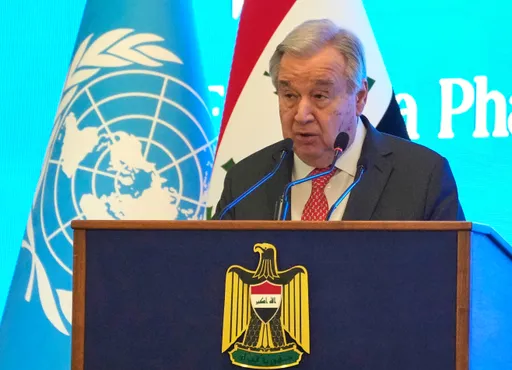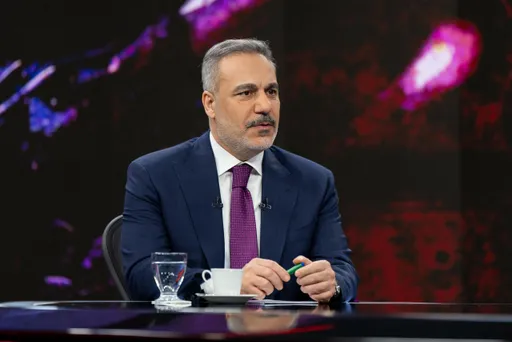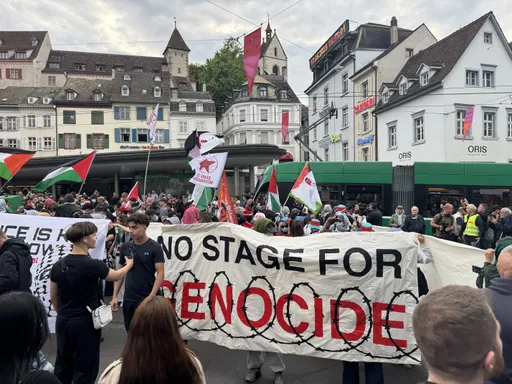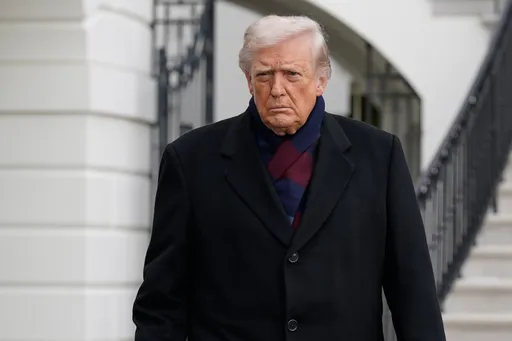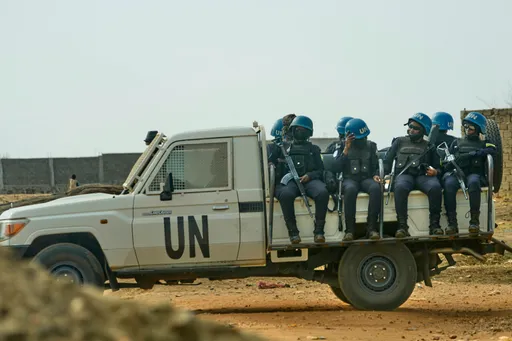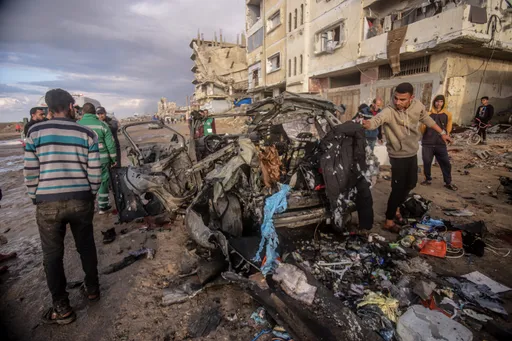In a statement on January 28, US President Joe Biden announced a drone attack on a US military base near the Jordan-Syria border, resulting in the death of three US soldiers. The US Central Command (CENTCOM) also reported that 34 others were injured in the attack.
While Biden attributed the attack to Iran-backed militia groups in Syria and Iraq, the Islamic Resistance group in Iraq – operating under the name of the Iraqi Islamic Resistance – claimed responsibility for the audacious attack.
Iranian authorities have unequivocally declared in official statements that they are not linked to the attack in any way.
In particular, Iranian Foreign Ministry Spokesperson Nasser Kanaani contradicted the US claims and denied any Iran link, emphasising that the resistance forces do not take orders from Tehran and make independent decisions. He said that the Islamic Resistance group in Iraq acted on its own.
As speculations swirl over the potential US retribution, the focus also shifts to another question: What does this attack signify regarding regional dynamics, and what possible consequences might it lead to?
What is the Islamic Resistance group?
The Islamic Resistance group in Iraq is an umbrella organisation consisting of Shia militia groups closely associated with Iran, though it has never officially acknowledged its ties with Tehran.
Groups like Kataib Hezbollah, Asaib Ahl al Haq and Nujaba are known to hide their involvement by attributing the attacks on US bases in Iraq and Syria to the Islamic Resistance.
Various Shia militia groups operate in Iraq, ranging from those loyal to firebrand Shia cleric Muqtada al Sadr'sSaraya al Salam armed group to Sayyid Ali Sistani's supporters in the Ansar al Marjaiyet organisation.
However, the most contentious organisations in Iraq are those supported by Iran. These groups, operating under the umbrella of the Iranian Revolutionary Guard Corps' Quds Force, are often accused of acting in Iran's interests and prioritising Tehran’s geopolitical goals over the interests of Iraq.
Notable groups include Kataib Hezbollah, Badr Organization, Asaib Ahl al Haq, Nujaba, Sadr Martyrs Brigade, Saraya al Jihad, Kataib Sayyid al Shuhada, Saraya al Khorasani, and Jaysh al Mukhtar.
The Kataib Hezbollah was founded in 2003 by Abu Mahdi al Muhandis, who was killed alongside former Quds Force Commander Qasem Soleimani on January 3, 2020. After al Muhandis's death, Abdolaziz Ahmad al Hamidawi, known by the alias Abu Fadak, assumed leadership.
Asaib Ahl al Haq, also known as the League of the Righteous, was established in January 2006, led by Qais al Khazali. It is estimated to have around 3,000 members, though some sources claim the number to be 10,000.
The Nujaba Organization, officially called the Nujaba Islamic Resistance Movement, was founded in 2013 by Ekrem al Kaabi. Al Kaabi, who previously served as the commander of the al Haidar al Karrar Brigade, the Syrian branch of Asaib Ahl al Haq, established the Nujaba Organization.
The Islamic Resistance group in Iraq is an umbrella organisation for these three groups.
100 days, 178 attacks
A senior official of the Islamic Resistance group in Iraq, speaking to the Iranian press, claimed that the group had carried out 178 drone and missile attacks over 100 days.
While no casualties were reported in previous attacks in Iraq, Syria, and Palestine, the casualties during the drone attack on January 28 on the Tanf base and the Rukban base, also known as Tower 22, along the Syria-Jordan border opened a new front in the broader conflict in the region.
After the attacks, a representative of the Islamic Resistance group in Iraq said that as long as the US continues to support Israel, these attacks will intensify, emphasising that they consider all US assets in the region as legitimate targets.
However, the Kataib Hezbollah has tried to tone down the rhetoric, announcing the suspension of operations against US forces. In its statement, the Kataib Hezbollah also attempted to absolve Iran of any role in the attacks, claiming that Tehran was unaware of the group's actions.
However, the Shia militia groups have made contradictory statements in the past, and the latest declaration, too, has not convinced most about the group’s sincerity.
How is Iran reacting?
One of the fundamental tenets of Iran's foreign policy is to protect and support actors it refers to as the "Axis of Resistance", extending from India to the Mediterranean.
This support for the Axis of Resistance aims to give concrete form to the globalist tendency of the state philosophy of Iran.
The general framework of Iran's state philosophy consists of the Usuli interpretation of Twelver Shia Islam's Velayat-e Faqih doctrine and the synthesis of Persian nationalism in the Shuubiyyah school.
The duty of safeguarding this philosophy falls on the Revolutionary Guard Corps (IRGC), established as an ideological army after the 1979 Iranian Revolution.
In other words, the Quds Force within the IRGC represents the globalist inclination and the mindset of exporting the revolution inherent in this state philosophy.
It is known that at least 26 foreign militia groups operate within the Quds Force.
These Shia militia organisations are considered Iran's most influential regional deterrent and instruments for gaining influence.
However, Iran’s support for these groups and their operation within the Quds Force do not necessarily mean they are entirely under Tehran’s control.
The growth of these groups, each expressing different demands, has made control more challenging, placing Iran in a strategic dilemma of choosing between war and peace. This dilemma is gradually becoming clearer.
Iran has a fragile state-society relationship due to internal conditions and domestic political and social dissatisfaction. It is aware that any extraordinary situation can have serious political and social consequences and potentially lead to turmoil.
Therefore, Iran prefers to avoid regional conflicts that can target its geographical areas as much as possible. Through proxy forces, it tries to control all conflicts beyond its borders.
For example, in recent times, Iran has managed to maintain balanced relations with Azerbaijan and Afghanistan, preventing the escalation of tensions. However, recent incidents on the Pakistan front have threatened to shatter the fragile peace.
On the other hand, it is highly unlikely for Iran to abandon the Axis of Resistance discourse, in which it has invested for forty years and has become an integral part of its revolutionary rhetoric.
Abandoning the discourse could pose existential problems for the state. Hence, Iran neither fully supports nor rejects the actions of Shia militia organisations like the Islamic Resistance group in Iraq; it just attempts to manage the current situation through diplomatic statements to prevent the crisis from spiralling out of control.
Region's fate lies in Gaza
The ongoing humanitarian tragedy in Gaza and the genocide faced by Palestinians in the besieged enclave show that the tension between Shia militia groups and the US is not limited to the Israel-Palestine issue.
Since the start of its war on Gaza, one of the scenarios Israel has worked on is to turn the current crisis into a US-Iran conflict, thereby spreading the crisis.
Despite Iran's diplomatic statements, certain actions by Iran-backed Shia militia groups have heightened tensions and deepened the regional crisis.
Though Iran claims that these militant groups makes independent decisions, the globally held view is that Tehran is responsible for all actions taken by these non-state actors in one way or another.
This aligns with Israel's sinister plan of drawing the US into the conflict, considered a disastrous scenario by regional actors.
Such a scenario could draw many actors into the Middle East, akin to a vortex.
The only solution to this lies in Gaza. If Israel’s murderous assault on Gaza ends soon, the Middle East can avoid what could be a long-drawn and costly conflict.
But the even bigger question: is the US willing to force its all-weather ally Israel to end the war on Gaza?

